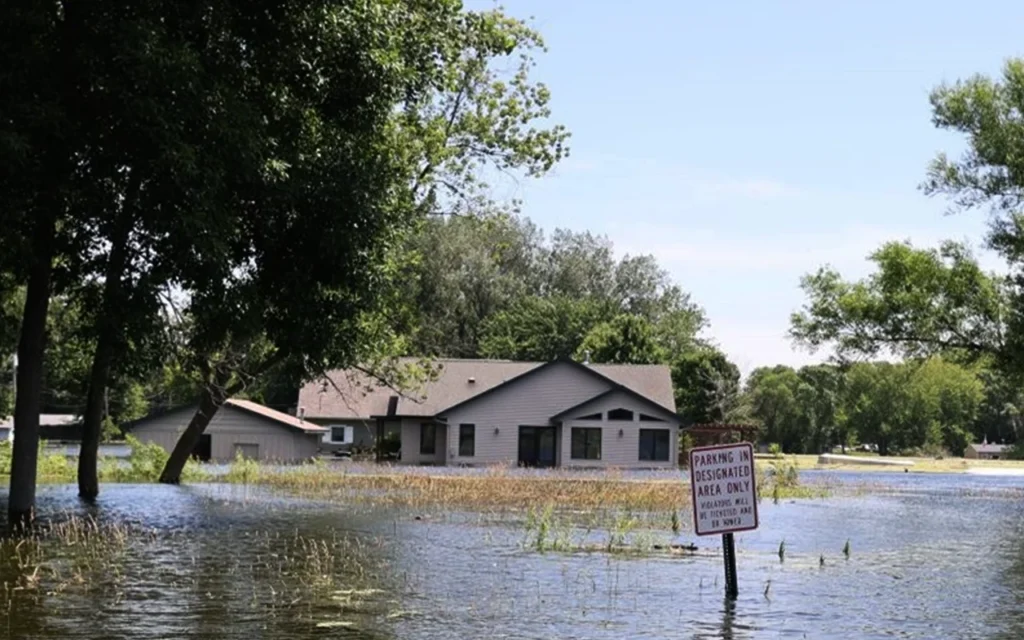Earthquakes and tsunamis don’t happen every day, but when they do, the damage can change lives in seconds. While we can’t stop these natural disasters, there are programs across the United States that help communities prepare, homes become safer, and families recover faster.
Whether you live along the West Coast, in earthquake-prone Alaska, or in a coastal town vulnerable to tsunamis, there are federal and state grants available right now in 2025. This guide breaks them down in simple language so you know what’s out there and how to apply.

1. FEMA’s Hazard Mitigation Grant Program (HMGP)
The Hazard Mitigation Grant Program is one of the biggest funding sources for earthquake and tsunami resilience in the U.S.
- What it covers: Strengthening buildings, retrofitting homes, protecting public infrastructure, and community hazard reduction projects.
- Who can apply: State and local governments, tribes, and certain nonprofits. (Individuals can’t apply directly — but you can benefit if your local government uses these funds for community-wide projects.)
- When it’s available: Only after a federal disaster is declared in your state.
- Learn more: fema.gov
2. FEMA’s Building Resilient Infrastructure and Communities (BRIC)
Think of BRIC as FEMA’s pre-disaster funding program. It helps communities prepare before the next big quake or tsunami hits.
- What it covers: Earthquake retrofits, tsunami evacuation structures, seismic monitoring, and community-wide disaster prevention.
- Who can apply: State and local governments, tribes, and nonprofits.
- Why it matters: It’s one of the few programs that funds prevention instead of just recovery.
Also Read
3. NEHRP Earthquake Assistance Grants
The National Earthquake Hazards Reduction Program (NEHRP) supports high-risk states with grants for earthquake awareness and preparation.
Two key programs under NEHRP:
- Individual State Earthquake Assistance (ISEA) – Helps states fund earthquake education, building code updates, and safety programs.
- Multi-State & National Earthquake Assistance (MSNEA) – Supports larger regional or national earthquake safety initiatives.
If your state participates, these grants can help fund earthquake drills, awareness campaigns, and hazard mapping.
4. National Tsunami Hazard Mitigation Program (NTHMP)
Run by NOAA and state emergency management agencies, this program is all about tsunami safety.
- What it covers: Mapping tsunami risk zones, installing warning sirens, building evacuation routes, and training communities.
- Where it operates: Primarily in coastal states like Hawaii, Alaska, Washington, Oregon, and California.
- Why it’s important: Helps ensure people get faster warnings and know where to go in a tsunami emergency.
5. Small Business Administration (SBA) Disaster Loans
After a major earthquake or tsunami, the SBA offers low-interest disaster loans to homeowners, renters, and businesses.
- Homeowners: Can borrow to repair or replace damaged property.
- Renters: Can borrow for damaged personal property like furniture and appliances.
- Businesses: Can borrow for repairs and to cover economic losses.
6. State-Specific Programs
Many states have their own earthquake and tsunami safety grants. Examples:
- California – Offers limited seismic retrofit grants for older homes.
- Oregon – Funds school seismic safety upgrades.
- Washington – Provides tsunami evacuation route mapping and signage.
- Alaska – Runs earthquake safety training and public alert systems.
7. Community Emergency Response Teams (CERT)
CERT isn’t a cash grant — but it’s a free training program that can save lives.
- Teaches basic disaster response, search and rescue, and first aid.
- Helps neighborhoods organize for disasters.
- Supported by FEMA and run locally.
Also Read
8. How to Find and Apply for Grants
Applying for these programs can be confusing. Here’s how to start:
- Check your state’s emergency management website — they list current programs and deadlines.
- Talk to your local city or county office — they often handle applications for FEMA and BRIC projects.
- Sign up for FEMA and NOAA alerts — so you know when funding becomes available.
- Join community meetings — local governments often discuss disaster grants and projects there.
With recent earthquakes in California and tsunami warnings in Hawaii, preparedness funding is more critical than ever.
Many of these programs have short application windows and limited budgets — so the sooner you know about them, the better your chances of getting help.